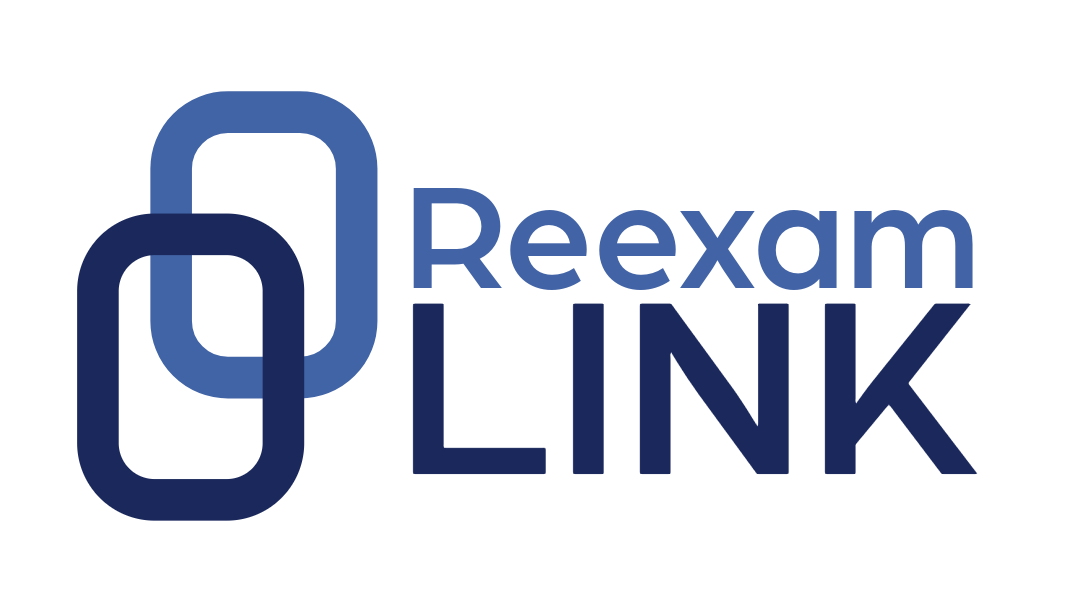There is a lot of talk about the various patent reform bills that have been proposed as of late, like S.23. Phrases like “patent reform” sound great, but are these proposed bills patent law reform or merely patent law change? If you reform something, the connotation is that you improve it or make it better. If you change it, well that just means it is different. Change can be for the better or for the worse.
There are a lot of negative reports on various technical patent blogs concerning the new proposed terms of the bill. And those less informed have to wonder if this negativity is driven by attorney greed or by a genuine concern that the proposed “reform” will do more damage than good. And there are persons on both sides of this debate.
Regardless of your position on the various patent reform proposals, without a solid consensus and without a more comprehensive approach to the problems of the patent system, this “patent reform” will probably be just change. And anyone who cannot appreciate a benefit will be inclined to perceive change as a bad thing when it upsets practices embedded in our patent system for hundreds of years.
For example, attempting to address the uncertainties of the interference system by adopting a first-inventor-to-file system is reform if the ultimate system is better than the original. But it is only patent change if the systems are only different (i.e., no improvement) or just plain worse. And if you don’t know (or cannot provide solid evidence) whether it is better, then it is just rolling the dice on reform.
I think that true patent reform will take a deeper look into the reasons why we are not processing patent applications effectively. And the responsibility for that lies in every applicant, practitioner, and examiner. Here are just some examples:
- Excessively broad or uninformed patent filings happen once in a while, but when they happen with regularity it means extended prosecution, delay, cost, and use of PTO examination resources. The current system has inadequate disincentives for such filings.
- Uncurbed restriction practice results in numerous divisional and continuation filings. It is possible that the “make work” discouraged by the Patent Office is actually enhanced by its own restriction practices.
- Large filings of information disclosure documents are necessary in view of recent decisions, but they slow down the patent engine of this country and the law of diminishing returns has to have kicked in by now.
- Close cases can benefit from the submission of evidence in addition to what is of record. This additional evidence can help the examiner decide to grant a patent. But the avenue to enter that evidence after a final rejection is to file an RCE or continuation. This could be remedied with less administrative delay and burden by allowing the submission of evidence to overcome a finding of obviousness after final rejection, but that option does not currently exist.
The Patent Office is working on a few ideas to solve these inefficiencies, but at the time of this post I did not see anything in the current bill that addresses them. So are we on the path to patent law reform or just patent law change?

Leave a Reply